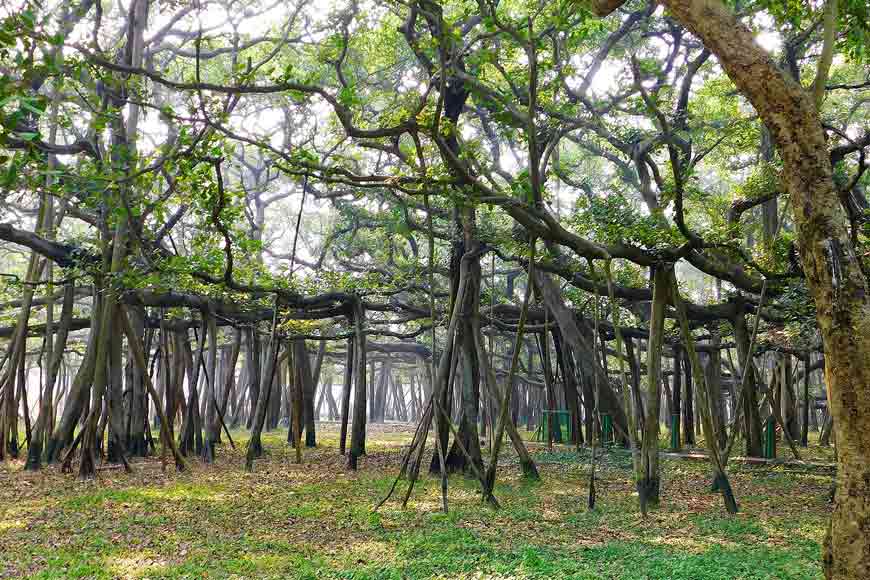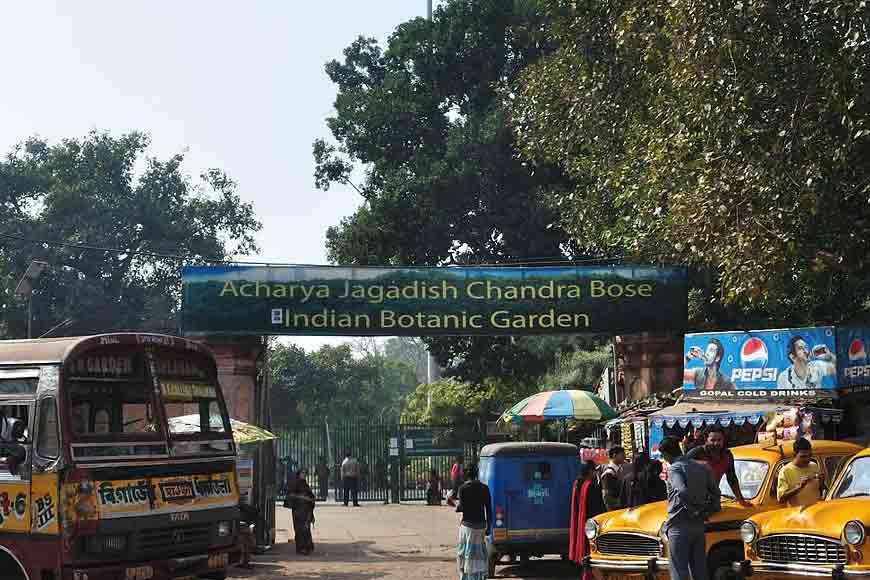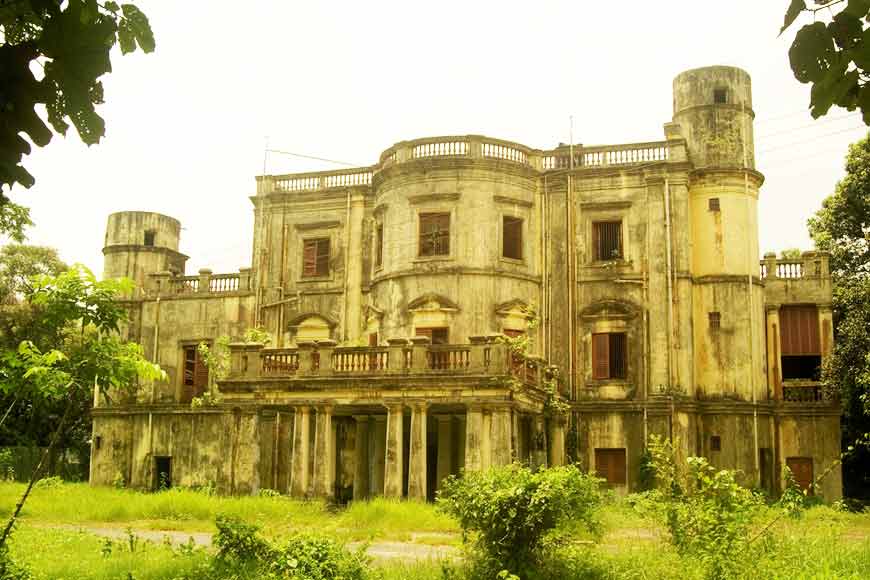Why ‘Shibpur Botanical Garden’ owes a huge debt to William Roxburgh

Nearly two years ago, news emerged of the long-awaited renovation of the roughly 230-year-old Roxburgh Building at Acharya Jagadish Chandra Bose Indian Botanic Garden or, as we all know it, Shibpur Botanical Garden.
Founded in 1787 by soldier and botanist Robert Kyd (1746-93), the Indian Botanic Garden is Southeast Asia’s largest, and one of the world’s oldest, botanic gardens. Only the Royal Botanic Garden in Kew (England) and Botanic Garden of Adelaide (Australia) may be seen as contemporaries.
But without William Roxburgh (1751-1815), it may never have attained the stature that it did.
Having just completed its 235th year, the Botanical Garden owes much of its glory to Roxburgh, to the extent that he is sometimes referred to as the ‘father of Indian botany’. Because it was Roxburgh who expanded the scope of the garden to turn it into the cornerstone of Indian botany, rather than the commercial plantation which Kyd initially envisaged.
In a letter dated June 1, 1786, Kyd proposed the establishment of a botanical garden in which he wished to cultivate such cash crops as cinnamon, Dacca cotton, indigo, tobacco, coffee, sandalwood, pepper, and tea. The British East India Company’s Court of Directors was impressed by the economic benefits of Kyd’s proposal, and a site adjacent to Kyd’s own private garden at Shalimar was allotted.

However, many of Kyd’s early schemes such as the introduction of nutmeg, cloves, cinnamon, pepper vines, etc failed because the climate was unsuited to these equatorial spices. A similar fate awaited several species of equatorial and temperate fruits. However, as Roxburgh recorded in his pioneering work ‘Hortus Bengalensis’, Kyd introduced some 300 species of plants into the garden.
Roxburgh, who succeeded Kyd as garden superintendent, was the first botanist to draw up a systematic account of Indian plants, including descriptions of all the indigenous plants known to him, as well as many exotic species being cultivated in the garden and in the vicinity of Calcutta. His ‘Flora Indica’ was the only book to offer a comprehensive guide to Indian plants until 1872, when the seven-volume ‘Flora of British India’ was published by botanist and Royal Botanic Garden director Sir Joseph Hooker.

Roxburgh also gets the credit for introducing mahogany into the garden, brought here from the West Indies in 1795. The garden still has a splendid Mahogany Avenue.
The same year, Roxburgh laid the foundation of modern plant taxonomy in India by establishing a large herbarium (place where dried plant specimens are stored), presently known as the Central National Herbarium, the oldest and largest in the world. According to the Botanical Survey of India, the herbarium in Shibpur contains over 2.5 million herbarium sheets of 350 families of plants as well as 15,000 cryptograms.
Like mahogany, teak was also first planted in the Calcutta Botanic Garden, and plantations later established in several other places in the Bengal Presidency. Teak plantations, however, were not entirely successful in Bengal, though Roxburgh had more success with fibrous plants, producing a number of Indian substitutes for hemp and flax.
Another of Roxburgh’s legacies is the huge collection of original colour paintings of Indian plants using vegetable dyes. Thankfully, this invaluable collection has largely been electronically preserved. When he left for Edinburgh owing to ill health in 1813, Roxburgh had every intention of returning to his ‘paradisus’ on the banks of the Hooghly, but he tragically died in Edinburgh two years later.
True to Kyd’s vision, too, the Indian Botanic Garden has played a major role in India’s economic development by introducing a large number of commercially valuable plants such as tea, rubber, jute, cinchona, sugarcane, and mahogany. Tea, discovered by Robert Bruce in 1823 in Northeast India, became a widely cultivated crop in India only after successful large-scale trials in the Indian Botanic Garden by Francis Jenkins in 1834.
Likewise, cinchona cultivation was introduced in Sikkim and Darjeeling in 1862 after trials at the Botanic Garden by Thomas Anderson when he was the superintendent, with cinchona seeds brought from Royal Botanic Garden Kew.
Bypassing the legendary and world famous great banyan tree, about which so much has already been written and said, it is worth pointing out that Roxburgh’s efforts have resulted in the Botanic Garden becoming home to over 14,000 species of plants and 1,200 species of trees, of which 500 species
are rare according to a census conducted in 2011-12. For a man who died well over 200 years ago, he remains a beacon for all modern conservation efforts.










